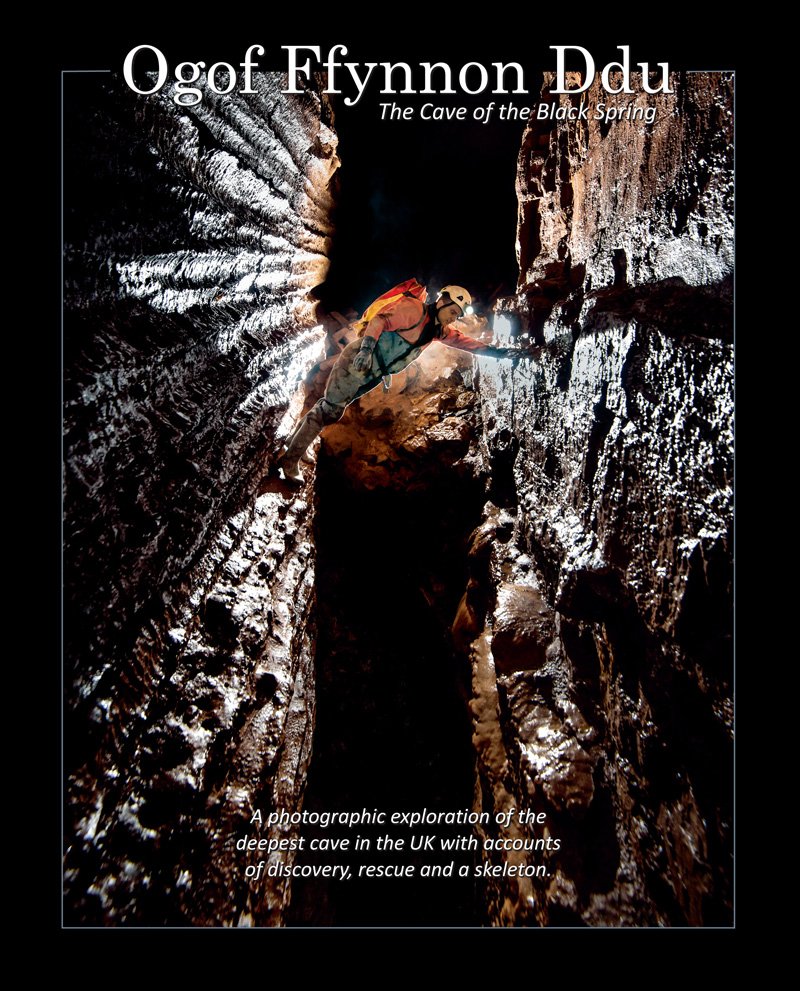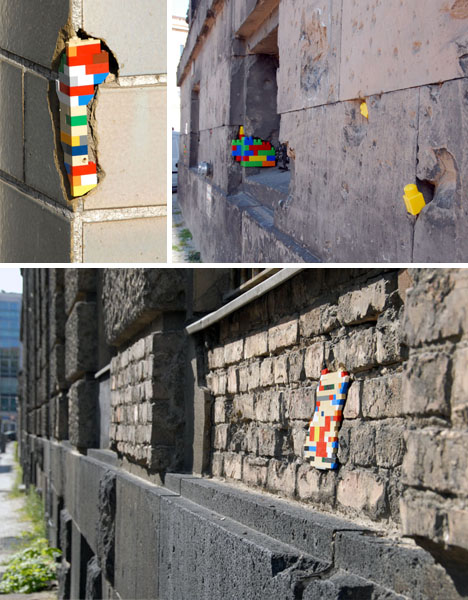Kenilworth
New member
Topimo's recent thread, requesting sites to attempt formation repair via 3D modelling, raises some interesting questions. My initial instinct is to reject such applications as being grossly artificial. However, my first instinct isn't altogether logical in this case.
If cave formations are primarily an aesthetic resource, then how important is the ecological and morphological integrity of their repair or restoration?
Are some sites more/less suitable for this sort of restoration from an ethical standpoint?
Once plastic models have been used to replicate, will there be a temptation to use them to enhance? How about create?
There are also practical questions. If the plan is for the prosthetic to be overlain with calcite, how can the installer be sure that conditions will remain conducive to deposition? If the broken peice is not available, how will the size and shape of the replacement be determined? If the broken peice is available, why not reattach?
I have no respect for the argument that human impact within a cave is unnatural and therefore undesirable. It is good and natural that we go into caves. Once there, it is inevitable that we will impact them, both passively and actively. So we need to ask ourselves if our impact is respectful of what is there, what/who will be there, what might be there, and indeed, what was there.
I can imagine cases in which artificial formations could fulfill all of these demands for respect. They are severely limited. Others might feel differently, but hopefully they (topimo for instance) at least ask themselves plenty of these sorts of questions before making a decision.
If cave formations are primarily an aesthetic resource, then how important is the ecological and morphological integrity of their repair or restoration?
Are some sites more/less suitable for this sort of restoration from an ethical standpoint?
Once plastic models have been used to replicate, will there be a temptation to use them to enhance? How about create?
There are also practical questions. If the plan is for the prosthetic to be overlain with calcite, how can the installer be sure that conditions will remain conducive to deposition? If the broken peice is not available, how will the size and shape of the replacement be determined? If the broken peice is available, why not reattach?
I have no respect for the argument that human impact within a cave is unnatural and therefore undesirable. It is good and natural that we go into caves. Once there, it is inevitable that we will impact them, both passively and actively. So we need to ask ourselves if our impact is respectful of what is there, what/who will be there, what might be there, and indeed, what was there.
I can imagine cases in which artificial formations could fulfill all of these demands for respect. They are severely limited. Others might feel differently, but hopefully they (topimo for instance) at least ask themselves plenty of these sorts of questions before making a decision.




